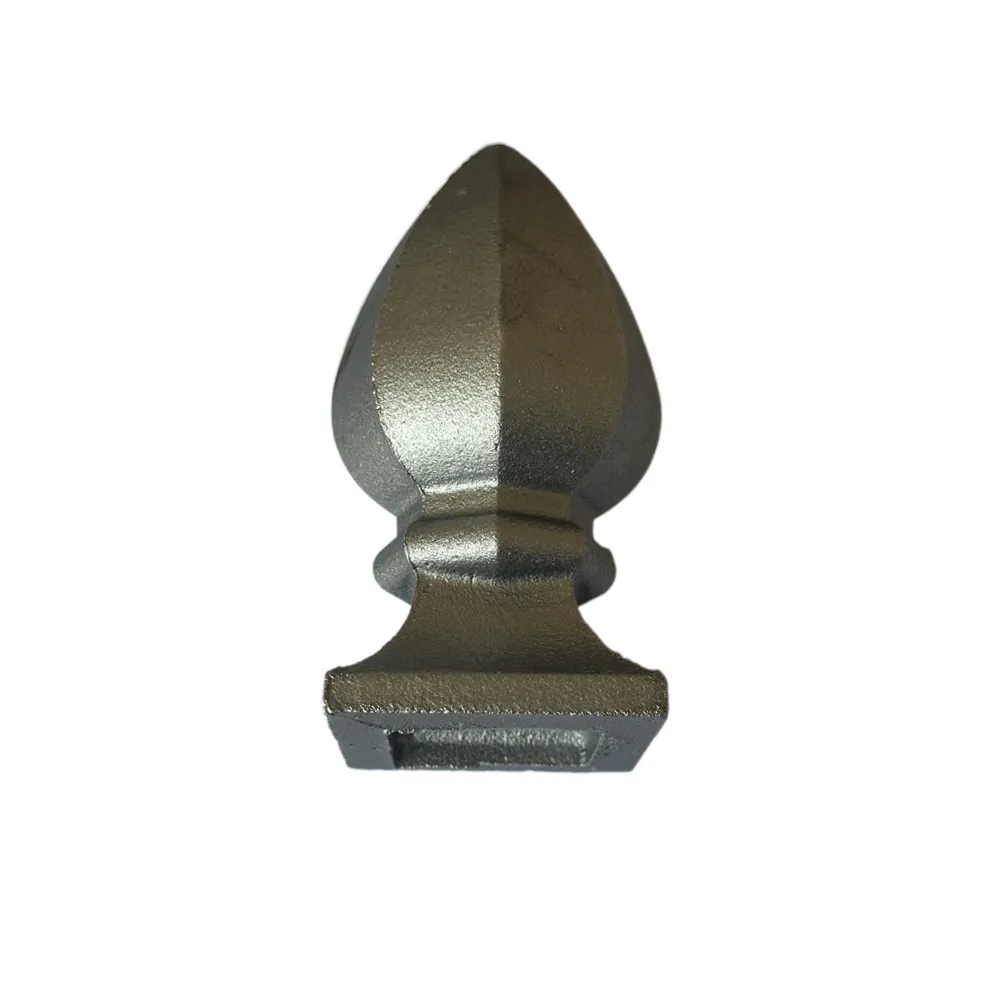hierro fundido
The Evolution and Applications of Cast Iron
Cast iron, a versatile and durable material, has played a significant role in various industries since its discovery. Its unique properties—strength, castability, and excellent wear resistance—make it ideal for a wide range of applications. This article explores the evolution, types, and applications of cast iron, highlighting its importance in modern manufacturing.
.
Gray iron, the most common type, is characterized by its excellent machinability and good wear resistance, making it ideal for engine blocks, pipes, and various automotive components. Its graphite content contributes to its ability to absorb vibrations, which is particularly beneficial in machinery applications.
hierro fundido

Ductile iron, also known as spheroidal graphite iron, has gained popularity due to its impressive tensile strength and ductility. This type of cast iron is widely used in heavy-duty applications such as automotive parts, infrastructure components like manhole covers, and agricultural equipment. Its ability to withstand shock loads makes it a preferred choice for components subjected to high stress.
Malleable iron, on the other hand, is created by heat treating white cast iron. This process allows for the development of a more ductile material, suitable for manufacturing intricate shapes and components like brackets, couplings, and fittings.
The versatility of cast iron extends to its applications in construction and engineering. Architectural structures, ornamental designs, and cookware are just some examples of cast iron’s aesthetic and functional uses. In addition to its durability, cast iron’s ability to retain heat makes it a favorite for items such as skillets and Dutch ovens.
In conclusion, cast iron continues to be an essential material in various industries due to its adaptability and performance. As technology advances, research into enhancing its properties offers exciting possibilities for the future of cast iron applications, ensuring that this historic material remains relevant in a modern world.
-
Wrought Iron Components: Timeless Elegance and Structural StrengthNewsJul.28,2025
-
Window Hardware Essentials: Rollers, Handles, and Locking SolutionsNewsJul.28,2025
-
Small Agricultural Processing Machines: Corn Threshers, Cassava Chippers, Grain Peelers & Chaff CuttersNewsJul.28,2025
-
Sliding Rollers: Smooth, Silent, and Built to LastNewsJul.28,2025
-
Cast Iron Stoves: Timeless Heating with Modern EfficiencyNewsJul.28,2025
-
Cast Iron Pipe and Fitting: Durable, Fire-Resistant Solutions for Plumbing and DrainageNewsJul.28,2025
-
 Wrought Iron Components: Timeless Elegance and Structural StrengthJul-28-2025Wrought Iron Components: Timeless Elegance and Structural Strength
Wrought Iron Components: Timeless Elegance and Structural StrengthJul-28-2025Wrought Iron Components: Timeless Elegance and Structural Strength -
 Window Hardware Essentials: Rollers, Handles, and Locking SolutionsJul-28-2025Window Hardware Essentials: Rollers, Handles, and Locking Solutions
Window Hardware Essentials: Rollers, Handles, and Locking SolutionsJul-28-2025Window Hardware Essentials: Rollers, Handles, and Locking Solutions -
 Small Agricultural Processing Machines: Corn Threshers, Cassava Chippers, Grain Peelers & Chaff CuttersJul-28-2025Small Agricultural Processing Machines: Corn Threshers, Cassava Chippers, Grain Peelers & Chaff Cutters
Small Agricultural Processing Machines: Corn Threshers, Cassava Chippers, Grain Peelers & Chaff CuttersJul-28-2025Small Agricultural Processing Machines: Corn Threshers, Cassava Chippers, Grain Peelers & Chaff Cutters












